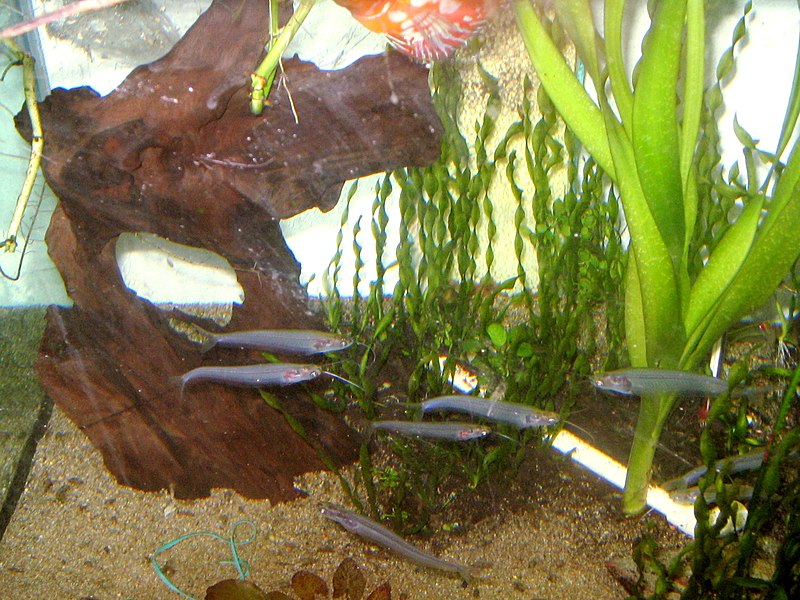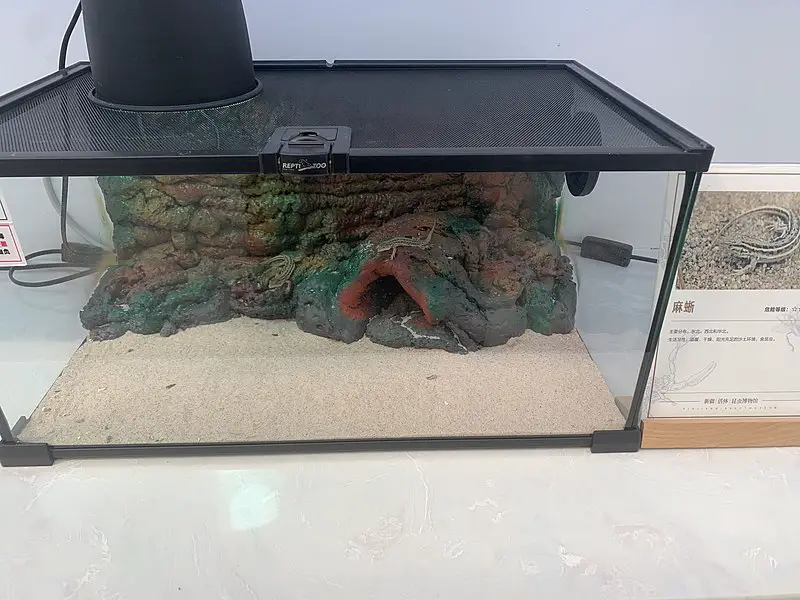Driftwood can add aesthetic appeal to your aquarium and provide your fish with the advantage of natural shelter, which closely resembles their natural environment.
However, there are some downsides, such as turning your water brown and possibly lowering the pH of your water. There are some ways to prepare driftwood so it doesn’t color your water, and depending on the needs of your fish, a lower pH might be beneficial.
Read on to learn the pros and cons of having driftwood in your aquarium.
Advantages of Having Driftwood in your Aquarium
While it can be easy to focus on the downsides of having driftwood in your aquarium, let’s not disparage the good it can do for your tank.
Aesthetic Appeal and Variety
With its smooth edges and natural texture, driftwood can be a breath of fresh air from the plastic-centric aquarium decor. They are also great for anchoring moss and plants, making a natural environment in which your fish will be comfortable and happy.
While driftwood can often turn the water cloudy and brown due to the presence of tannins, some aquarium owners report that they how tannins make the water look more natural. However, it all comes down to individual preference.
There are 5 types of driftwood that are considered some of the best to add to any aquarium:
- Manzanita driftwood
- Comes in multiple sizes, so you’ll likely find a perfect size for your individual tank
- Can be costly
- An attractive addition with spidery branches
- Cholla driftwood
- Naturally hollow and cylindrical, with many holes through which fish – especially smaller species – can swim in and out
- Comes in different sizes and lengths, so you’ll likely find the perfect size for your tank
- Relatively inexpensive compared to other driftwood varieties
- Mopani driftwood
- Uniquely warped, with each piece having a different shape
- Store bought ones are sand blasted in order to remove debris, giving it a smooth appearance and texture
- Not only great for aquariums, but for terrariums as well
- Malaysian driftwood
- Comes in a wide range of shapes and sizes
- The least expensive variety of driftwood
- Great for many kinds of tanks
- Spider driftwood
- Unique shape adds extra aesthetic appeal to your tank
- Because of its rarity, it can be costly
- Every piece has its own unique shape
No matter the size of your tank or the size of your budget, you’ll find the right driftwood for your aquarium.
Natural Hiding Places for your Fish
Unlike many other items you can add to your aquarium, driftwood contributes to a natural environment to which your fish are accustomed. The fish prefer natural elements and give them shelter and places to hide.
Shelter and hiding places are important to fish because it decreases their stress levels. Stress can severely damage your fish, making them susceptible to disease or pre-mature death. Making sure your fish have a suitable environment in which they are comfortable is vital for aquarium owners, and driftwood is one of the best things to add for the comfort of your fish.
Has Anti-Bacterial Properties
Driftwood releases a substance called tannins into the water, which can help keep your water and your various aquatic species free from fungal and bacterial infections.
Extra Nutrients for your Fish
Algae and bacteria blooms common grow on driftwood, especially shortly after adding it to the aquarium. But there is no need to worry, as both algae and bacteria blooms are safe for the fish and even provides them extra nutrients.
Disadvantages of Having Driftwood in your Aquarium
While the pros of having the driftwood in your aquarium far outweigh the cons, it is important to include those things that make driftwood an unattractive option for some aquarium owners.
Can Make your Water Cloudy
The main complaint after adding driftwood to your aquarium is that of leaching. Driftwood contains tannins, which can turn the water a cloudy brown.
Fortunately, there are ways to treat your driftwood so it doesn’t leach.
The simplest solution is to soak the driftwood in a bucket before you add it to the tank. You’ll need to soak it for several days, changing out the water after it becomes cloudy. While the type of driftwood may affect how long it takes to soak out the tannins, you’ll know the driftwood is finished soaking when the water in the bucket no longer becomes cloudy.
While it takes more effort than soaking, the fastest way to get rid of the tannins is to boil the driftwood. Boiling can take between 2 – 12 hours. As with soaking, you’ll know the driftwood is ready for the tank when the water is no longer cloudy.
Boil in sessions, changing out the water between sessions so you can tell when the water is no longer cloudy.
After boiling, make sure to let the driftwood cool down before adding it to the tank so it doesn’t increase your water temperature.
Can Lower the pH in Tank
If you choose not to treat the driftwood so as not to release tannins into the water, the tannins can potentially lower the pH in your tank. Depending on the species of fish in your aquarium, this can be untenable. African cichlids in particular don’t thrive in water with low pH.
Species that tolerate an environment with lower pH are angelfish, plecos, New World cichlids like dwarf cichlids, petras, and discus. Most fish species from South America thrive in water with a lower pH.
If your fish are sensitive to low pH, make sure to treat your driftwood (either by boiling or soaking) so it doesn’t release tannins.
How Long Does Driftwood Last in an Aquarium?
In general, driftwood will need to be replaced after 5 years in your aquarium. Most varieties will start showing signs of deterioration after 2 years.
Is Driftwood Safe in an Aquarium?
Driftwood is perfectly safe in aquariums, especially after treating to remove the tannins. As previously mentioned in this article, tannins can lower the pH of your water and potentially harm any fish that don’t do well in acidic environments.



